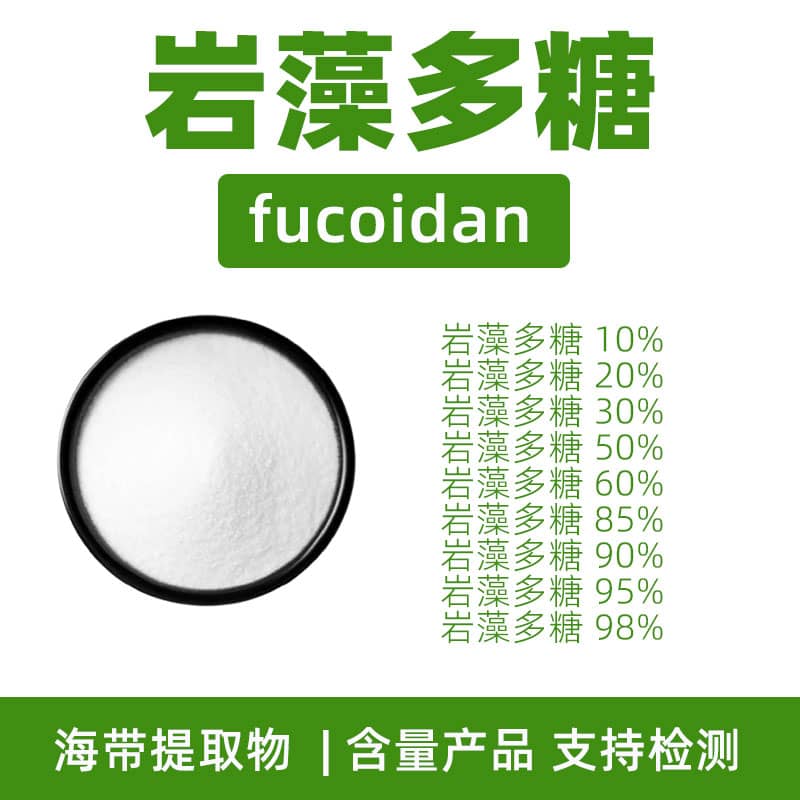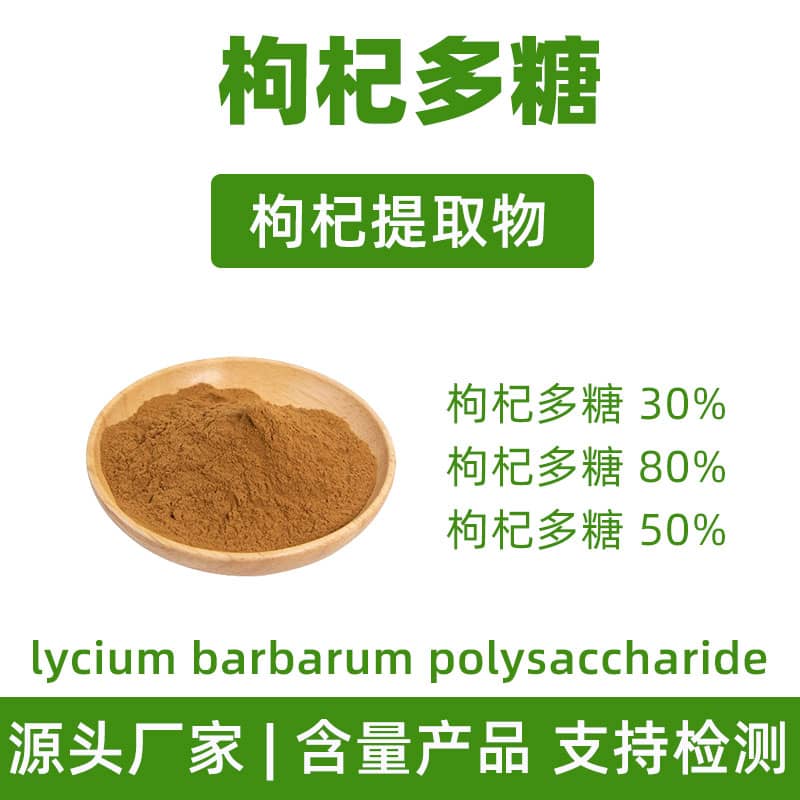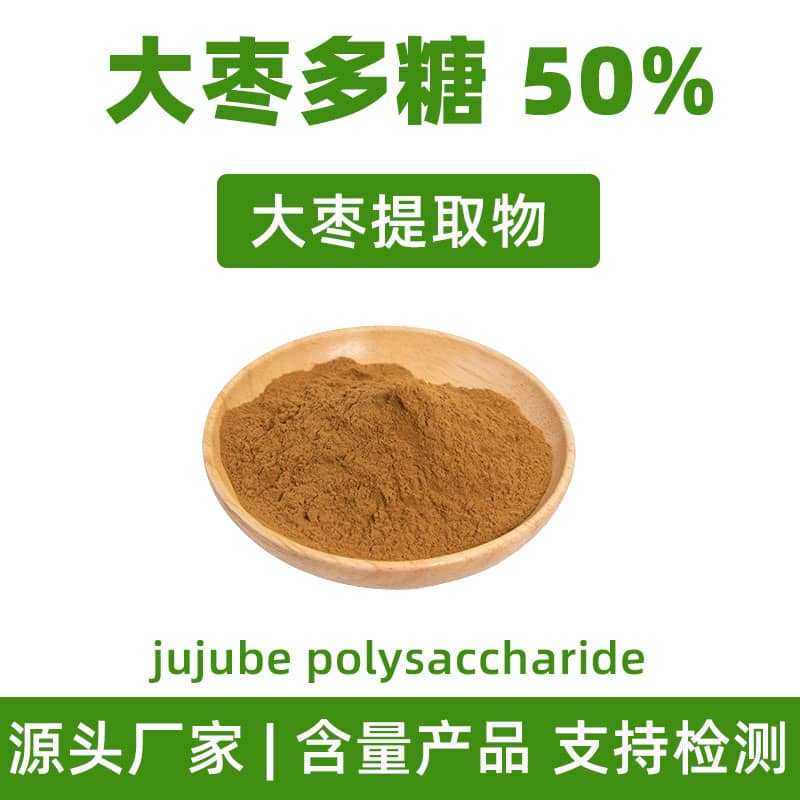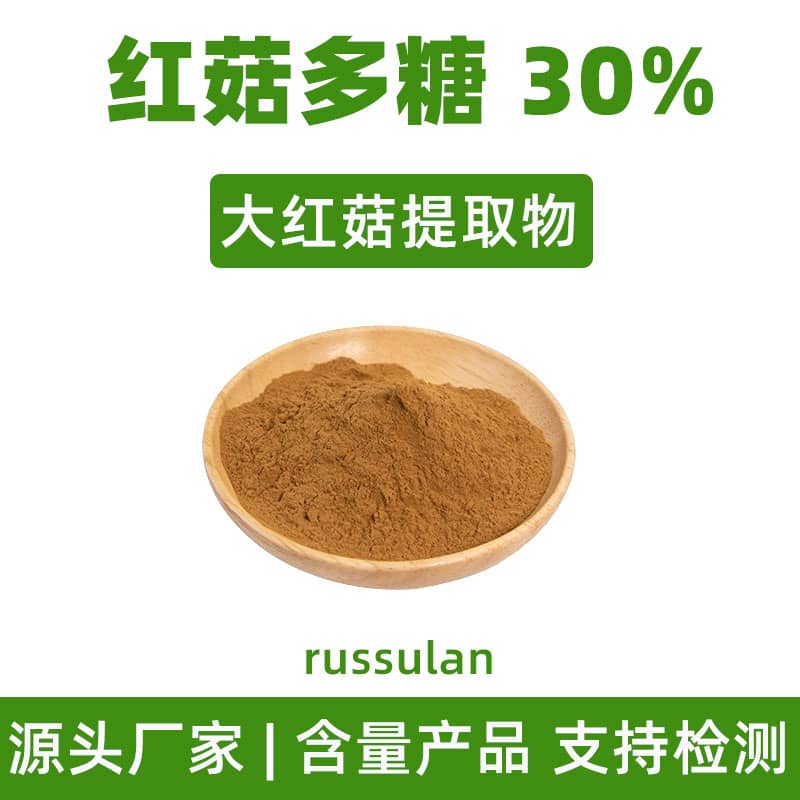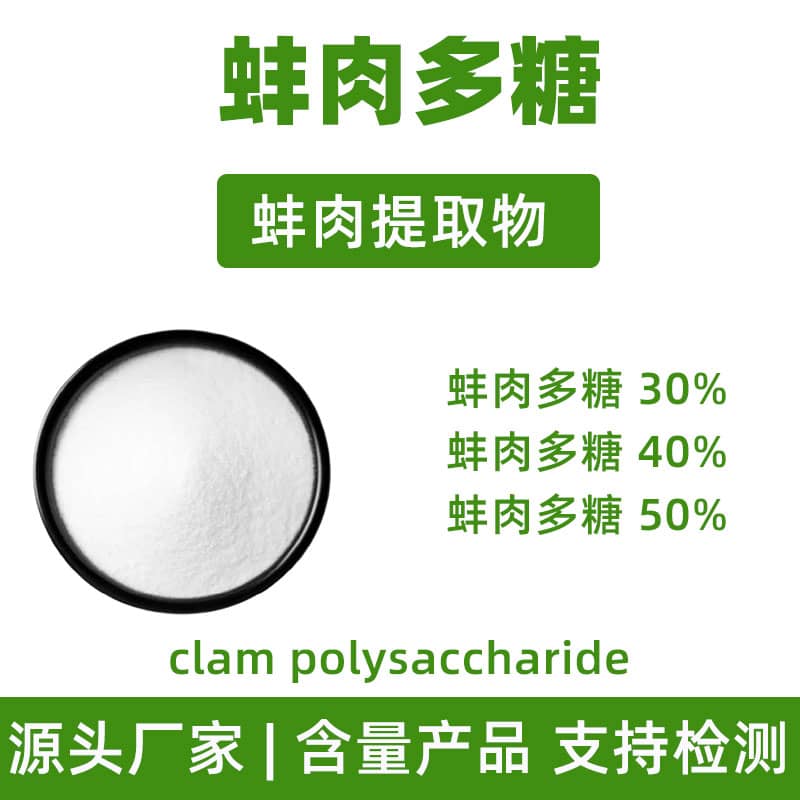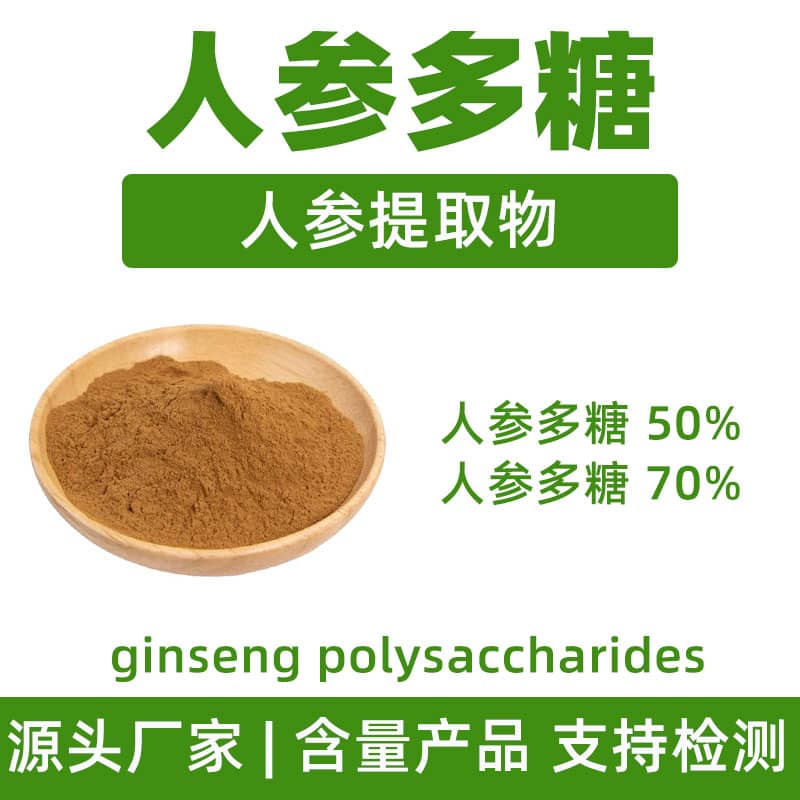Angelica Polysaccharide Product Overview
Angelica Polysaccharide is an active compound extracted from the root of Angelica sinensis. Presented as a yellowish-brown powder, it is known for its high purity and stability, making it suitable for use in food, health supplements, and cosmetics.
Main Components
Angelica Polysaccharide is the primary active ingredient in the extract, constituting 50% of the product, ensuring its functional effectiveness.
Benefits and Functions
- Immune Support Angelica Polysaccharide is thought to enhance the immune system, supporting the body's natural defenses.
- Antioxidant Activity Exhibits antioxidant properties that help neutralize free radicals, slowing cellular aging.
- Blood Sugar Regulation Shows potential for regulating blood sugar levels, aiding in maintaining a healthy balance.
- Improved Circulation Promotes blood circulation, which may help alleviate discomfort caused by poor circulation.
Application Fields
- Food Additives Enhances nutritional value in functional food products.
- Health Supplements Supports immune function and provides antioxidant benefits.
- Cosmetics Improves skin health and antioxidative capacity when used as an active ingredient in skincare products.
Usage Recommendations
Usage amounts and methods should align with the specific application and product type. Follow product guidelines or consult professionals for optimal results. Overuse should be avoided, and users should monitor for potential allergic reactions or discomfort to ensure safety and effectiveness.
Angelica Polysaccharide Production Process
The production of Angelica Polysaccharide involves several key steps, from raw material handling to final drying and packaging.
- Raw Material Preparation
Fresh, healthy Angelica roots are selected and cleaned to remove impurities. After cleaning, the roots are dried using natural air-drying or mechanical drying to reduce moisture and improve processing efficiency.
- Crushing
Dried Angelica roots are crushed into fine powder using milling equipment, ensuring uniformity for efficient extraction.
- Extraction
The crushed powder is mixed with water or other suitable solvents.
- Soaking: Soaked at a controlled temperature to dissolve active components.
- Heating: Heated to accelerate extraction and maximize yield.
- Filtration: Solid impurities are removed, resulting in a clear extract solution.
- Concentration
The filtered extract is concentrated by evaporation or membrane filtration to remove excess water, resulting in a high-purity polysaccharide-rich solution.
- Drying
The concentrated solution is dried into a powder form using spray drying or freeze-drying. Temperature and humidity are carefully controlled to prevent degradation.
- Sieving and Packaging
The dried powder is sieved for uniformity and purity, then sealed in moisture-proof packaging with appropriate labeling for storage and use.
- Quality Control
Strict quality checks are conducted at every stage to ensure the product meets the required standards.
Angelica Polysaccharide Benefits and Potential Side Effects
Angelica Polysaccharide extracted from Angelica sinensis root is valued for its health and wellness applications. Below are its key benefits and possible side effects:
Benefits
- Immune Support Enhances immune cell activity and supports the body's defense mechanisms.
- Antioxidant Protection Neutralizes free radicals, reducing cellular damage and promoting longevity.
- Anti-Inflammatory May alleviate inflammation-related discomfort by modulating inflammatory responses.
- Circulation Improvement Supports healthy blood flow, aiding in overall metabolic health.
- Immune Modulation Helps maintain immune system balance, contributing to better resistance against external stressors.
Potential Side Effects
- Allergic Reactions Rare cases of skin rash, itching, or gastrointestinal discomfort may occur. Discontinue use if symptoms arise.
- Digestive Issues Possible mild side effects include bloating or nausea. Reduce dosage or cease use if symptoms persist.
- Drug Interactions May interact with anticoagulants or blood-regulating medications. Consult a healthcare provider before use.
- Long-Term Use Prolonged use should be monitored for safety. Adhere to recommended dosages and check health regularly.
Applications and Usage of Angelica Polysaccharide
Angelica Polysaccharide has versatile applications across pharmaceuticals, food, and cosmetics.
- Pharmaceutical Applications
Use Cases: Included in formulations for immune modulation, anti-inflammatory, and antioxidant purposes.
Dosage:
- Form: Tablets, capsules, or herbal decoctions.
- Typical Dose: 200–500 mg per day, adjusted per professional guidance.
Caution: Consult with a healthcare provider, especially if taking anticoagulants.
- Food Applications
Use Cases: Functional food additive for improved nutritional profiles in health drinks and supplements.
Dosage:
- Form: Powder, added to products like beverages or dietary supplements.
- Typical Concentration: 0.5%–3% depending on formulation needs.
Caution: Ensure compliance with food safety standards and proper hygiene during processing.
- Cosmetic Applications
Use Cases: Active ingredient in skincare products like creams, serums, and masks.
Dosage:
- Form: Powder or pre-dissolved extract.
- Typical Concentration: 0.5%–2% based on formulation requirements.
Caution: Conduct patch tests for sensitive skin to avoid potential allergic reactions.
Angelica Polysaccharide 50% offers numerous benefits and opportunities in diverse industries while requiring careful adherence to usage and safety guidelines.
Monica Sun is a seasoned expert in the plant extraction industry with over a decade of experience in research and production. She specializes in the extraction and purification of plant active ingredients, focusing on driving innovation in natural product applications. Monica has participated in the development of multiple functional plant extracts, delivering high-value natural raw material solutions for the health food, pharmaceutical, and dietary supplement sectors.









